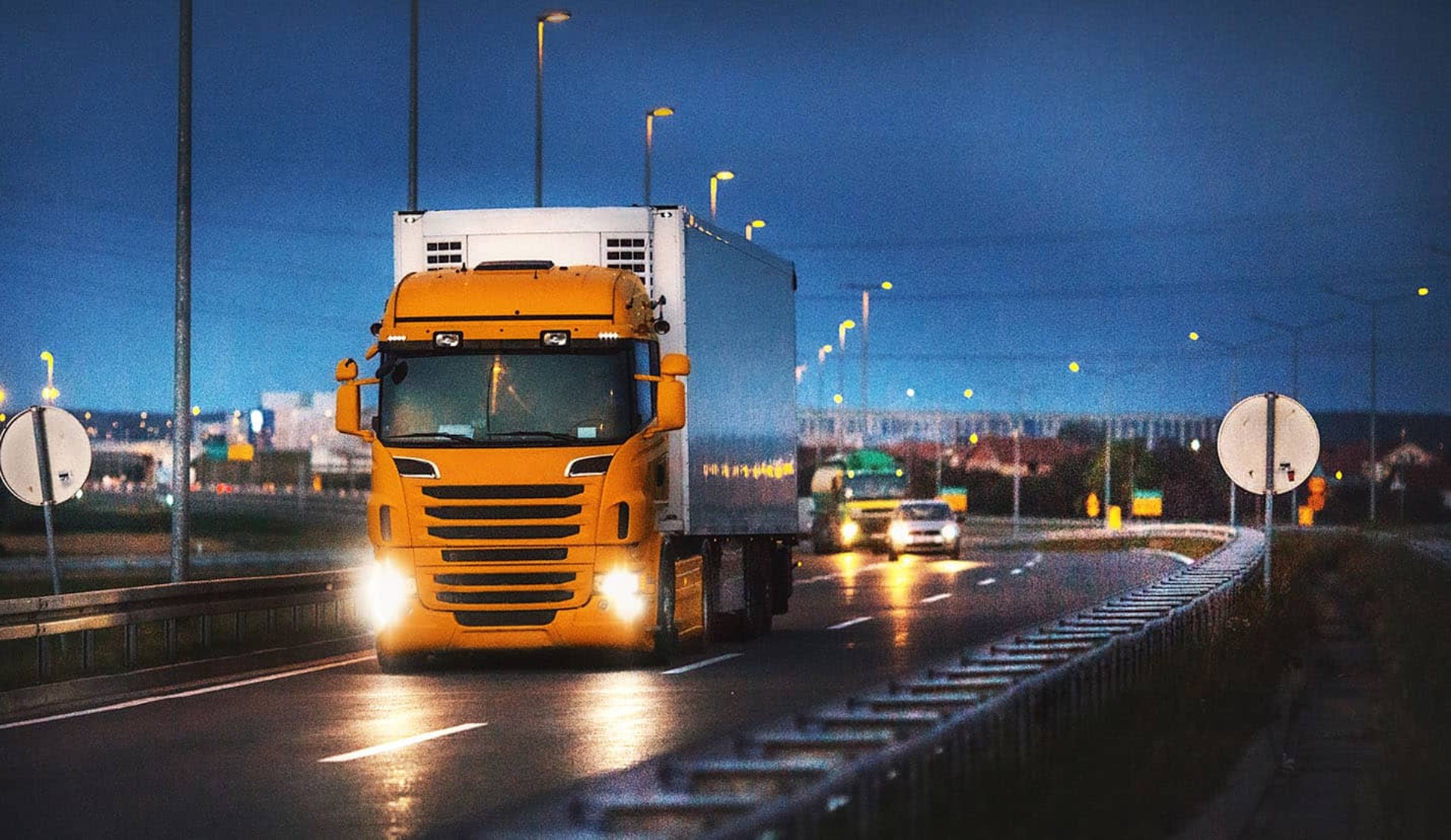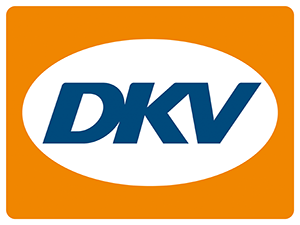CO2 emission standards for new HDVs

On 14 February, the European Commission published a proposal which aims to amend existing legislation on CO2 emission performance standards for certain categories of new heavy-duty vehicles in the EU. The proposal sets out how much average CO2 emissions should be reduced by from 2025, 2030, 2035 and 2040, compared to 2019 (the base year). These phased emission reduction targets will be reviewed over the coming years, meaning they can be adapted if required.
Why are CO2 emission standards being proposed?
This initiative is in keeping with advancing the overarching goals of the Paris Agreement, which the EU ratified in 2016, and seeks to stem global warming by reducing emissions and reaching net-zero by the middle of this century. If ambitious climate targets are to be met, it is vital that the road transport sector continues to contribute to the reduction of CO2 emissions through the adoption of low-carbon technologies. The European Commission rightly wants to spur technological innovation leadership so that the EU can become a global frontrunner in this field.
Why are CO2 emission of relevance to companies like DKV Mobility?
Whilst DKV Mobility does not itself consume the fuel purchased via its fleet cards and emit emissions, the customers DKV Mobility serves do. It is thus incumbent on us to support commercial road transporters in this energy transition, as they gradually shift from fossil to cleaner fuels and energy types. By offering service card solutions that provide access to an array of alternative fuels - e.g., CNG, LNG, hydrogen, biofuels - and electric charging points, as well as digital tools that enable optimized route-planning and the tracking of CO2 emissions, DKV Mobility is well placed to make the energy transition in road transport faster, more efficient and more successful.
Where does DKV Mobility stand on this?
From DKV Mobility’s perspective, the following core principles should be adhered to when setting CO2 emission standards:
(1) “Open technology” approach: to achieve ambitious climate protection goals and successfully advance the clean energy transition, technological innovation is vital, and that can only be guaranteed by a genuine openness to different technologies. This should include the full scope of technologies, some of which are not yet mature, that can help to abate greenhouse gas emissions in the road transport sector. No single solution will provide the answer to all our energy needs in road transport, which vary depending on vehicle type and usage.
(2) Ensuring a “level playing field”: if different solutions and technologies are to be developed and deployed to help reduce emissions in road transport, there must be a “level playing field”. Policymakers should adopt an evidence-based approach, offering support to the technologies which have a genuine greenhouse gas reduction advantage. Fair competition must also be ensured to allow B2C and B2B clients to benefit from a wide range of solutions, depending on their specific needs. Policymakers should recognise that over 80% of the over 1 million commercial road transport companies in the EU are family-owned SMEs. There is thus no “one size fits all” solution.
(3) Affordability: many commercial road transporters are family-owned SMEs. If these firms are to invest in modernising their fleets so they are equipped with the latest technologies, it can only be on the basis that these new HDVs are not prohibitively expensive. This is vital if most European road transporters are to continue operating in the future. The rollout of low-carbon and zero-emission HDVs must not come at the expense of small and medium-sized haulage companies, the backbone of European commercial road transport.
(4) Ramping up infrastructure: whether climate targets are to be reached will be contingent on drivers having sufficient access to alternative fuels and energy sources. At present, alternative fuels infrastructure is lacking, something the EU Alternative Fuels Infrastructure Regulation aims to tackle. This infrastructure must be scaled up as a matter of priority across Europe; the drive to reduce emissions must be in lockstep with flanking legislation aimed at enhancing infrastructure.
